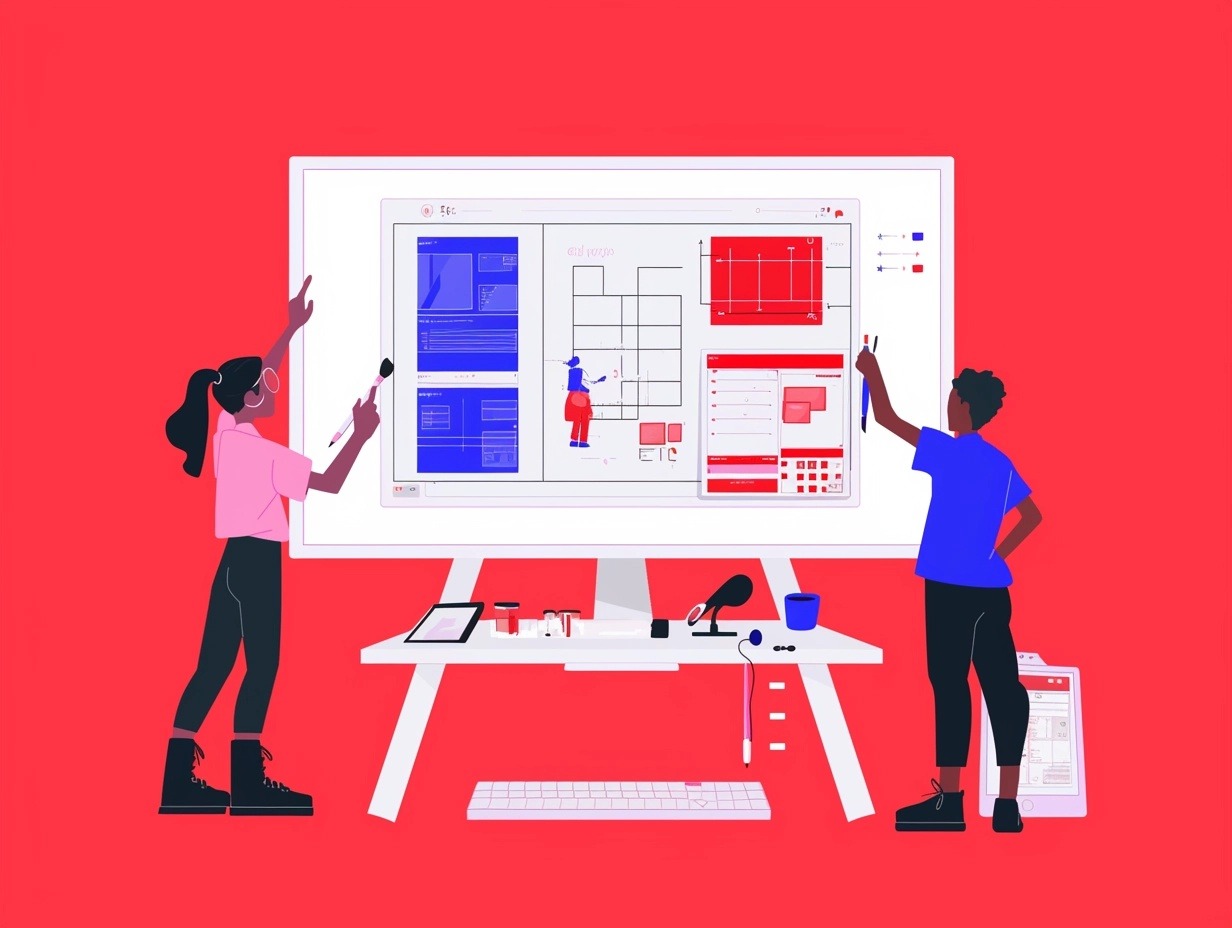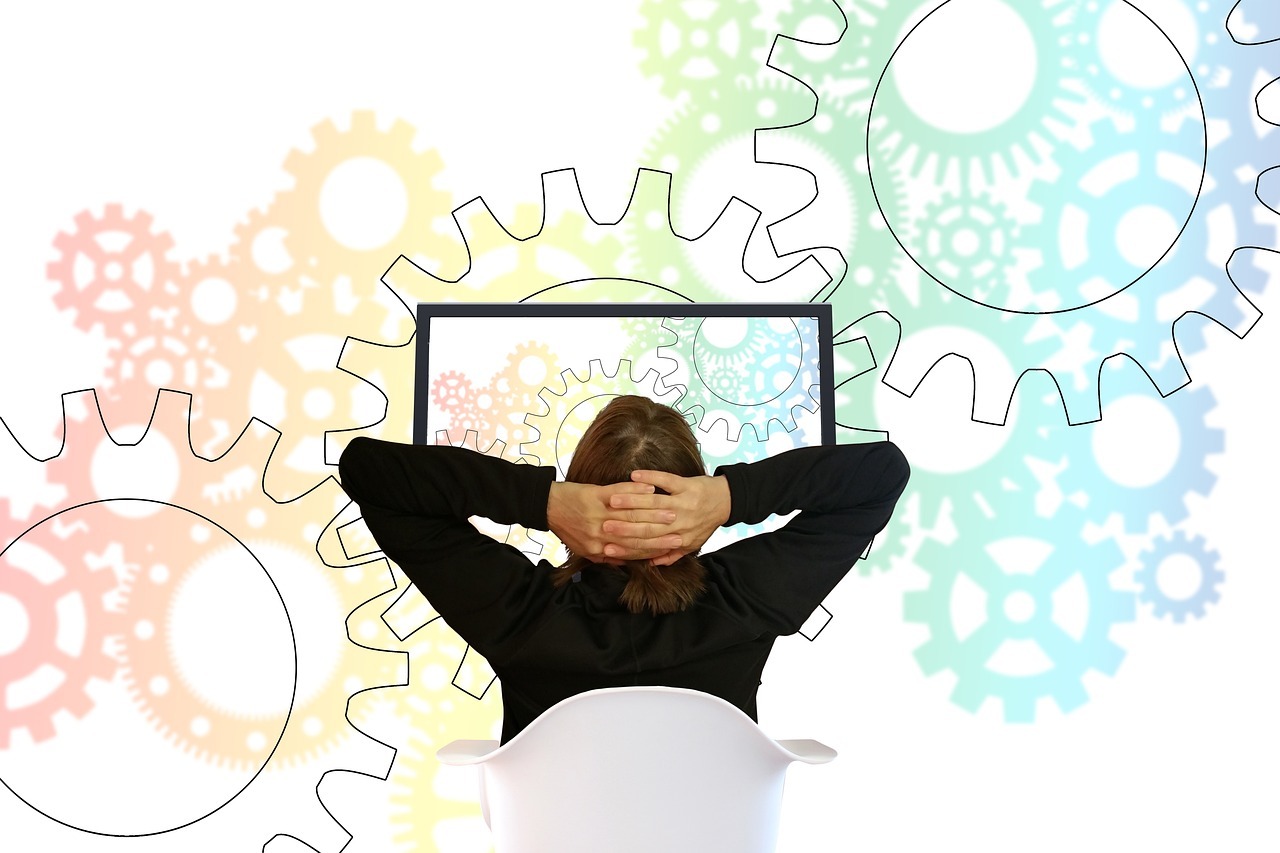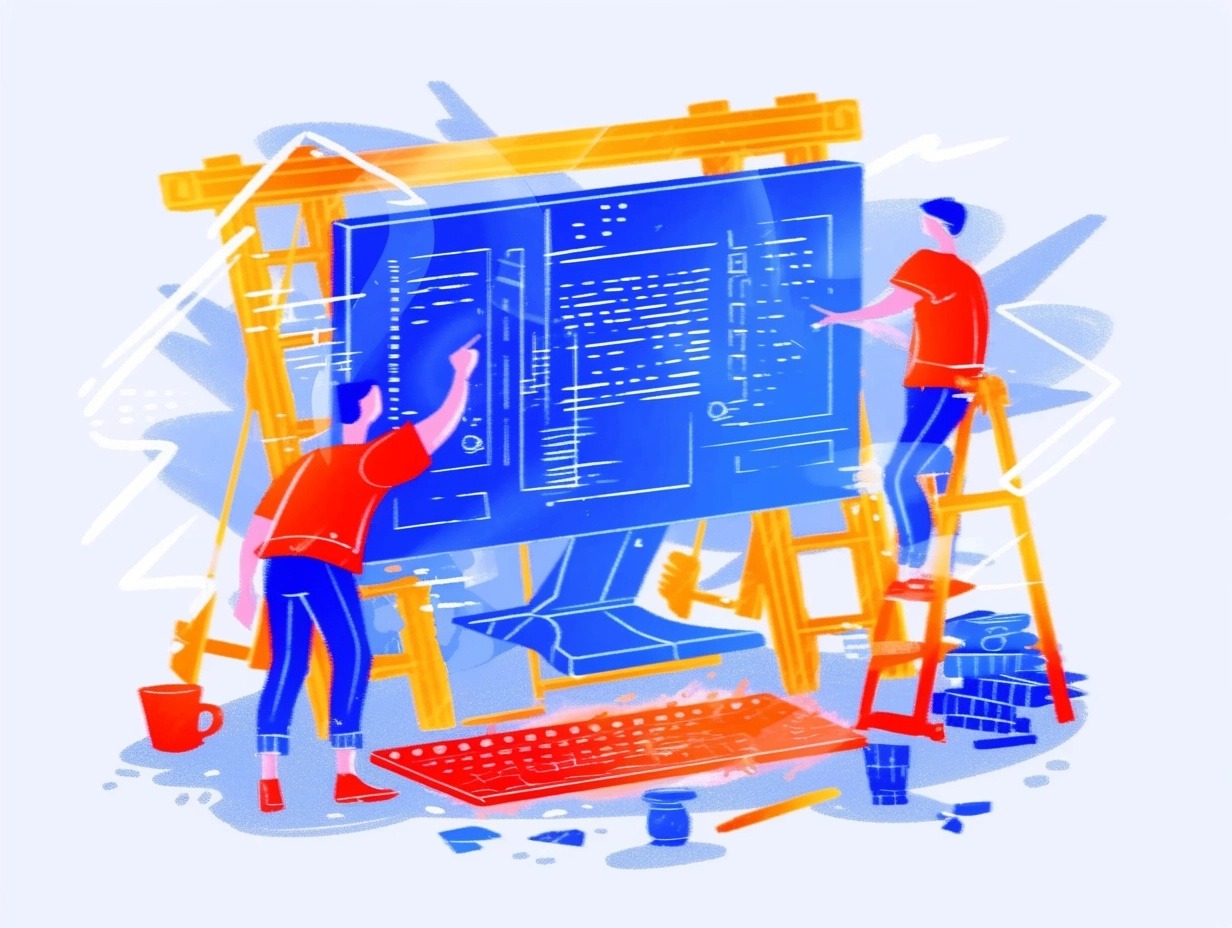Explore the top web design trends projected to shape the digital landscape in 2025, and discover how adapting to these trends can enhance user engagement and business growth.
Immersive Interactivity and Micro-Animations
Modern web design is putting a huge emphasis on immersive interactivity—and at the heart of this are micro-animations. Think animated cursors, buttons that react when you hover over them, or eye-catching effects as you scroll. These small touches make your website come alive: they offer instant, intuitive feedback, guiding visitors naturally through your content and making for a more enjoyable journey.
When used thoughtfully, micro-animations do more than just make things look nice. They highlight important features, show users what’s happening in real time, and can even turn simple menu actions into delightful moments. The result? Visitors stay on your site longer, remember your brand, and leave with a positive impression—without being distracted from what matters most. It’s all about building memorable, user-centered experiences that help your business stand out from the competition.
References: Elementor | Designmodo
AI-Powered Personalization
The arrival of artificial intelligence on the web is changing the game—especially when it comes to delivering personalized experiences. Today’s smart websites use AI algorithms to understand things like your visitors’ browsing habits, where they live, and what they’ve looked at before. This lets you serve up the perfect content, recommendations, or products just when users need them most. Even navigation and homepage layouts can adjust in real time to suit each user’s unique needs.
Why does this matter? Because personalized experiences keep people engaged, make them more likely to explore deeper, and increase the chances they’ll make a purchase. According to industry experts, embracing AI-driven personalization can lead to better customer loyalty and higher sales—a win-win for modern businesses seeking a competitive edge.
References: TheeDigital | Elementor
Bold Typography and Minimalism
Expect to see more websites with bold, oversized fonts and clean, minimal layouts in 2025. Big, simple typefaces instantly grab attention and make it crystal clear what you want to say. By pairing strong typography with lots of white space and less visual clutter, your site’s messaging stays front and center—no distractions.
Going bold and minimal isn’t just a matter of style. It reinforces a modern, straightforward brand image and makes your site easier to read on any device. Clear type helps with accessibility and ensures that your main message stands out, while minimalist layouts keep users focused and make navigation a breeze. All this adds up to a more enjoyable experience and stronger brand recognition.
References: Squarespace Pros | WebFX
Advanced Accessibility Standards
Inclusive design is no longer optional. Modern websites are prioritizing accessibility features like voice navigation, high-contrast themes, and effortless keyboard controls. These improvements make your site usable for all visitors—including people with disabilities—and ensure everyone has equal access to your content.
Laws like the Americans with Disabilities Act (ADA) and guidelines from the Web Content Accessibility Guidelines (WCAG) are setting the bar higher for digital accessibility. But the benefits go beyond legal compliance: accessible websites can reach bigger audiences, create goodwill, and strengthen your brand. Regularly testing and updating your site for accessibility means you’ll stay ahead of evolving standards while making every visitor feel welcome.
References: TheeDigital | Elementor
Sustainable and Eco-Friendly Design
Being green online matters now more than ever. Sustainable web design means optimizing images, writing efficient code, and sticking to clean, minimal layouts so your website uses less energy. Choosing darker, energy-efficient color schemes (like dark mode) can lower the power needed, especially on certain screens.
Eco-friendly design isn’t just good for the planet—it also helps your brand connect with environmentally conscious customers. Techniques like lazy loading images and avoiding resource-heavy animations improve speed and performance while cutting down on your digital carbon footprint. These steps help you stay ahead of trends around accessibility, speed, and sustainability, all while delivering a top-notch user experience.
References: Designmodo | WebFX
Adapting for the Future
To thrive online in 2025 and beyond, businesses need to embrace not only what looks great but what works best for users. Combining AI-driven personalization, accessible navigation, sustainable design, and user-friendly layouts will position your brand for long-term success. By staying ahead of these trends—prioritizing user engagement, inclusivity, and eco-friendliness—you’ll create unforgettable online experiences that set you apart in an increasingly crowded digital landscape.
Reference: Elementor


